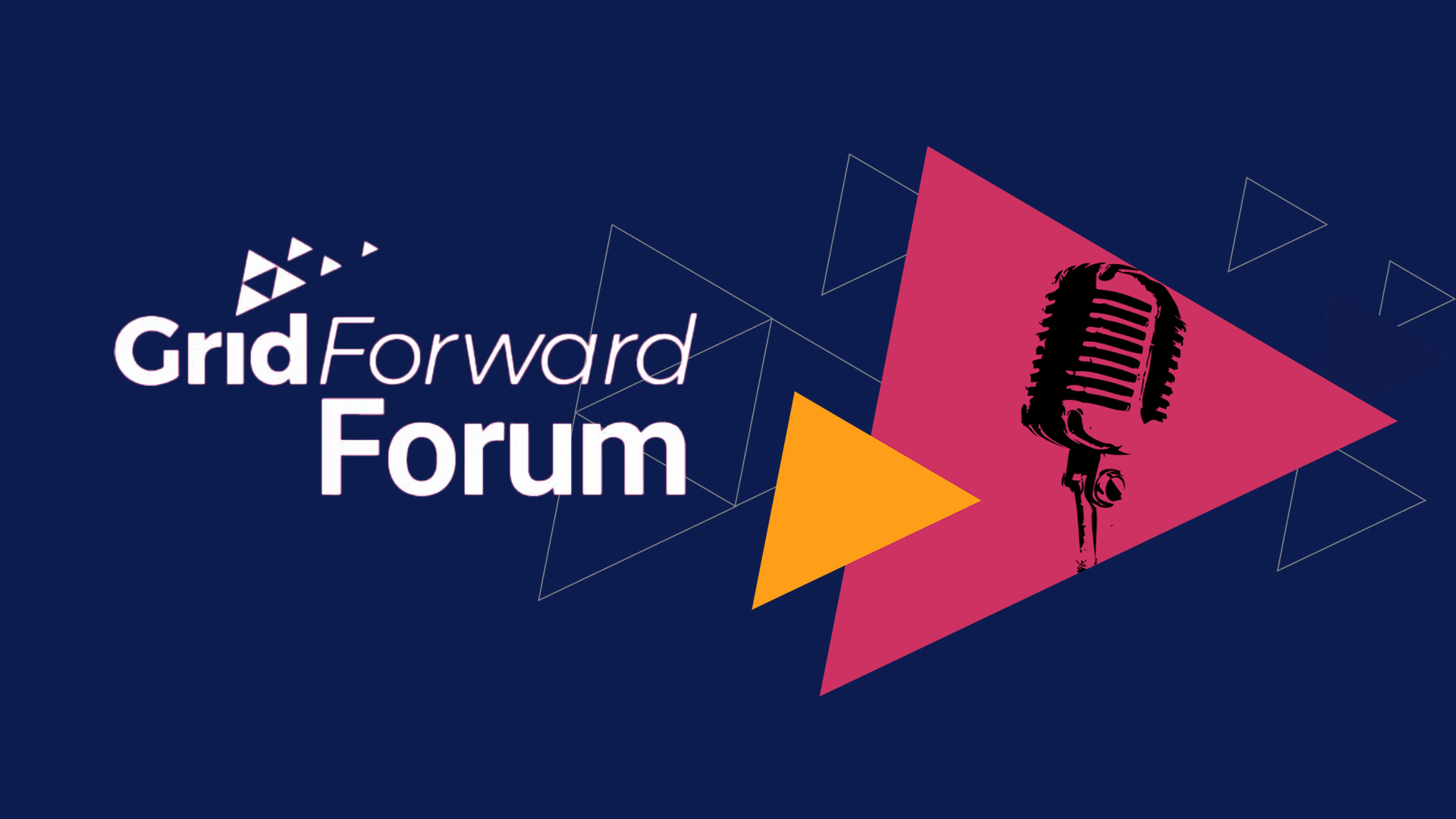A recent Department of Energy (DOE) report found that by deploying between 80 to 160 gigawatts of virtual power plants by 2030, U.S. grid capacity could expand to support ongoing global electrification efforts. This strategy can in turn defer the more than $2.5t in upgrades by 2035 needed for the U.S. grid, resulting in lower bills for customers while enhancing energy security and grid resiliency. As it stands, the road ahead is long and uncertain, as the DOE report states that there is currently around 30-60 GW of virtual power plant capacity as of 2023, primarily as a result of demand response aggregation. Looking at the top end, transitioning from 80 to 160 GW will require a 166.66% increase in virtual power plant capacity in only the next 6 years. How can utilities encourage and empower customers to enroll and participate in the demand flexibility initiatives necessary for a virtual power plant?
Barriers to Access for Virtual Power Plants
Several factors limit participation and enrollment in any type of demand flexibility program, ranging from costs to broadband access. The USDA reports that 22.3% of Americans in rural areas and 27.7% of Americans in Tribal lands lack the appropriate access to the broadband that’s necessary to interconnect and leverage distributed energy resources (DERs) like solar, battery, EVs, or smart homes devices like thermostats or water heaters. Through the Internet of Things (IoT), distributed energy resource management systems (DERMS) can aggregate these devices, but require the requisite broadband functionality to reach them.
Likewise, these devices often come with a comparatively high price tag as compared to their primitive antecedents. For example, while electric vehicle costs are declining, high costs and range anxiety remain a common concern for consumers, slowing market penetration. Likewise, climate change or product misinformation has caused understandable confusion among consumers, who have to make the most of their limited resources.
Prosumers to the Rescue?
The concept of prosumers is nothing new. Prosumers represent early adopters in the world of distributed energy resources (DERs), a welcome subsection of the population that actively engages in both producing and consuming energy. These individuals are already tech-savvy and interested, in using their resources to help minimize their reliance on energy providers. While there are effective marketing tactics to reach prosumers, to achieve the appropriate virtual power plant penetration, utilities will need to bring consumers into the fold, encouraging and fostering their participation in demand flexibility initiatives.
Marketing 101: How To Lead A Horse To Water
Finding the right audience for your potential programs is a critical first step in your process. After establishing program specifics like device type or location, segment your audience. Do you know where adoptions for your device type may be the most common in your territory? Try to address that audience. Next, establish your messaging. Bad messaging can lead to serious repercussions in any business, including poorly communicating as a utility. While utilities are a natural monopoly, reputation management is critical to program marketing. If you want more virtual power plant capacity, ensuring customer engagement and satisfaction is crucial; the less participants, the lower your virtual power plant capacity.
– Syd Bishop, Sr. Content Specialist, Virtual Peaker
According to the J.D. Power 2023 Electric Utility Business Customer Satisfaction Study, prevailing customer concerns include the high prices that a virtual power plant helps to mitigate, and transparency: customers want to know what their utility is doing and how they can get involved. You can use any number of avenues to reach potential program enrollees, including social media, mailers, microsites, billboards, television commercials, customer service scripts and so much more. For example, if you run an EV managed charging program, you might identify EV-oriented communities (think: groups on social media, etc.) to share ideas.
Incentivize It
While transparency and appeals to the altruism of running a renewable energy program can be an effective tool in leveraging program participants, money talks. Finding the right incentive is an equally important step in maximizing the demand flexibility programs needed to boost virtual power plant capacity. Incentives can appear in many ways for customers like:
- billing credits
- check payments
- gift certificates
- device rebates
- prepaid cards
Contractor Networks
Another way to lower barriers to virtual power plant programs is to connect with contractor networks. Contractor networks are an especially valuable way to engage potential program participants, as they work directly with consumers. For example, water heaters aren’t frequent purchases for many homeowners, so developing a rapport with the contractors installing the device is a great way to let customers know about any opportunities that their device type might afford them. This is an excellent strategy when working with EVs as well since contractors install charging walls.
Lowering Barriers For Virtual Power Plant Programs Conclusion
Virtual power plants are integral in modernizing the grid during the energy transition, and serve communities in several ways. From increasing grid resiliency to deferring high infrastructure upgrade costs, virtual power plants are an effective and evolving tool that is already helping utilities and ratepayers alike. With grouping functionality and machine learning/AI technologies, virtual power plants are poised to make an even bigger difference in the future, so finding the right customer, at the right time, for the right program is crucial in getting ahead of the challenges faced tomorrow. Are you ready?





